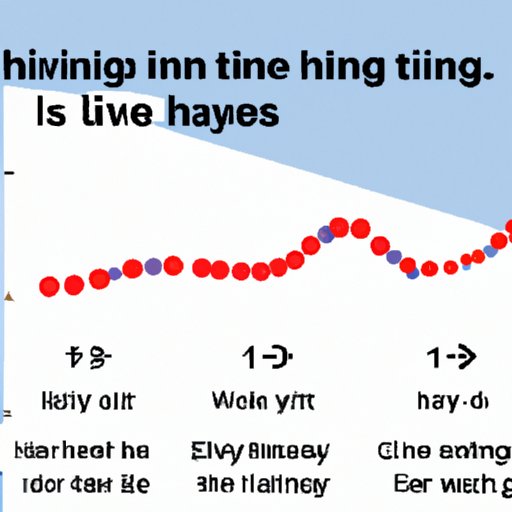
Introduction
If you are concerned about HIV or have recently had unprotected sex, you might be wondering how long it takes for HIV symptoms to show up. HIV is one of the most notorious sexually transmitted infections, and it’s essential to understand its symptoms’ timeline to catch it early and get the appropriate treatment.
In this article, we’ll explore the timeline of HIV symptoms and highlight some essential insights that everyone should know about detecting and treating HIV.
The Countdown: Understanding the Timeline of HIV Symptoms
HIV symptoms can vary widely depending on factors like age, overall health, and individual immune system response. However, HIV typically follows a specific timeline from initial infection to the manifestation of extreme symptoms.
After the initial infection, the virus takes root in your immune system, where it can begin replicating and spreading to other parts of the body. During this period, you might experience few, if any, noticeable symptoms.
Once the virus has sufficiently weakened your immune system over several years, the more severe stage of HIV infection begins. At this stage, you may experience severe symptoms such as fevers, dry cough, shortness of breath, and unexplained weight loss.
The Sneaky Signs of HIV: A Guide to Detecting Symptoms
Early-stage HIV symptoms, like a fever, fatigue, headache, and muscle aches, are often mistaken for other illnesses such as the flu. As HIV progresses, more severe symptoms such as opportunistic infections, severe weight loss, and inflamed lymph nodes may occur.
To detect HIV symptoms accurately, it’s essential to be aware of the common indicators and stay vigilant if you’ve engaged in unprotected sex or shared needles with others. Pay attention to your body and seek medical attention if you’re experiencing any of these symptoms.
Breaking Down the Myths: How Long It Really Takes for HIV Symptoms to Show
Many myths abound about how quickly HIV symptoms may appear and when HIV is detectable through testing. Some individuals believe that HIV symptoms will appear immediately after contracting the virus, while others believe that only rare symptoms such as swollen glands indicate infection.
However, the truth is that HIV symptoms can take anywhere from a few weeks to several years to appear. Consequently, HIV testing is the only way to confirm whether you have been infected with the virus.

The Early Warning Signs of HIV: What to Watch For
In addition to common early symptoms, there are other signs to watch for if you suspect you may have been infected with HIV. These early signs of HIV may include a skin rash, sore throat, and swollen lymph nodes.
Like other early symptoms, these signs can be easy to confuse with other illnesses. However, if you experience any of these symptoms, you should see a medical professional for testing as soon as possible.
The Critical Window: Understanding the First Few Weeks After HIV Infection
One of the most crucial periods in the HIV lifecycle is the first few weeks after initial infection, known as the “window period.” During this time, HIV is highly transmissible, and it can be challenging to detect through conventional testing methods.
If you believe you may have been exposed to HIV, it’s vital to avoid unprotected sex and to consider HIV testing during this high-risk period. Condom usage and other protection methods can help reduce transmission risk, even if you’re not sure whether you have the virus.
Delayed Symptoms: Why HIV Can Lay Dormant for Years
HIV can remain dormant in the body for years, during which an infected person may have little to no symptoms. As a result, they can transmit the virus without knowing it.
Detecting HIV infection during this period can be especially challenging, as there may be few, if any, observable symptoms. Consequently, early testing is vital to prevent long term damage to the immune system and control the rate of transmission of HIV.
The Importance of Early Detection: Catching HIV Symptoms in Their Early Stages
While HIV/AIDS used to be considered a deadly diagnosis, early detection and treatment have made living with HIV manageable for many people. Indeed, those who receive early treatment for HIV can live long and healthy lives with proper treatment and care.
If you believe you may have been exposed to HIV, it is critical to seek out testing as soon as possible. There are numerous tests available for detecting HIV, including rapid antibody tests, which can provide quick results within 20 to 30 minutes.
Conclusion
By taking steps to detect HIV symptoms early and seeking treatment soon after infection, individuals can take control of their health and manage the condition effectively. Regular testing, practicing safe sex habits, and seeking medical care when necessary can help those living with HIV do so healthily and happily.
If you or someone you know has been affected by HIV, there are numerous organizations and support groups available to provide help and advice. Don’t hesitate to reach out for support and information.





